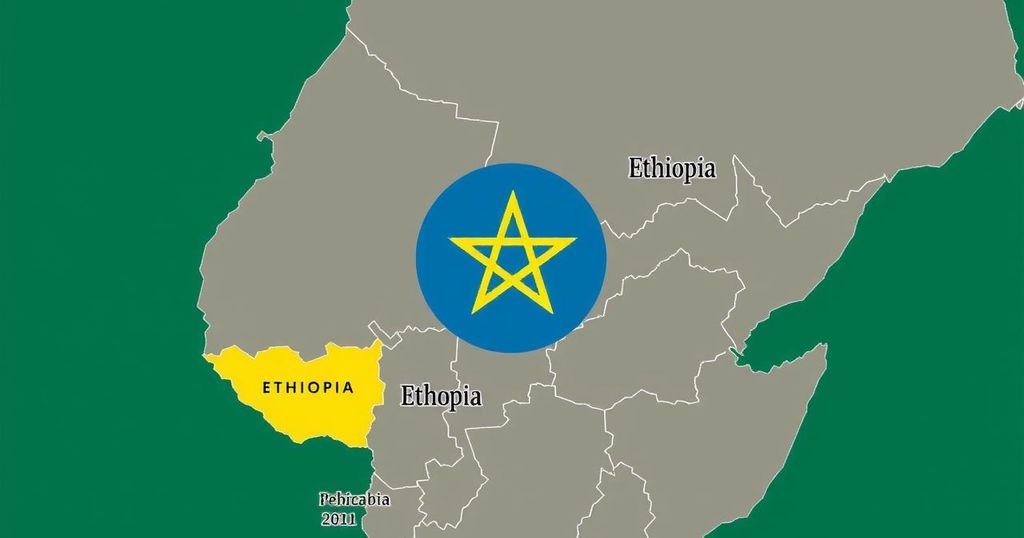Ethiopia’s governance has evolved from a feudal system to a federal republic, notably under Haile Selassie I and later the EPRDF. The 1994 constitution emphasizes ethnic federalism, self-determination, and a bicameral legislature. Despite legal frameworks promoting representation, challenges persist in achieving true equality, particularly for women and minorities. The current ruling party, Prosperity Party, succeeded the EPRDF in 2019.
The evolution of modern Ethiopia can be traced back to the reign of Haile Selassie I (1930–74), who integrated a modern parliament, judiciary, and cabinet into the existing feudal structure while maintaining strong imperial control. Following the Derg’s rise to power in 1974, a revolutionary council established a Soviet-style government. The subsequent Ethiopian People’s Revolutionary Democratic Front (EPRDF) introduced a temporary constitution, leading to the adoption of the Federal Democratic Republic of Ethiopia’s constitution in 1994, which emphasized ethnic federalism. Under this constitution, Ethiopia operates as a republic, with a powerful prime minister and a bicameral legislature comprising the House of Peoples’ Representatives and the House of the Federation. Each ethnic region, or kilil, is led by an elected president, while significant provisions allow for self-determination of ethnic groups, including the right to secession. The judicial system is designed to be independent, with a three-tier structure headed by a Supreme Court. The political framework guarantees universal suffrage for citizens over 18, ensuring representation of diverse ethnic groups, though actual representation remains uneven. Initiatives exist to promote women’s participation; however, they still occupy a minority of legislative seats. The ruling coalition, previously the EPRDF, was replaced in 2019 by the Prosperity Party, which includes various ethnic factions. Security is maintained by the Ethiopian National Defense Forces, one of Africa’s largest militaries, which has also contributed to international peacekeeping efforts.
Ethiopia possesses a rich historical context shaped by its complex feudal systems and subsequent modern governance structures. The pivotal transition began under Haile Selassie I, whose reign saw the modernization of government institutions. The coup in 1974 by the military junta, termed the Derg, marked a significant shift towards socialist governance. The post-Derg era initiated by the EPRDF led to revolutionary constitutional changes that embraced ethnic federalism, reflecting the nation’s diverse populace and historical experiences.
Ethiopia’s governance has undergone substantial transformations, evolving from a feudal monarchy under Haile Selassie I, through a socialist military regime led by the Derg, to a federal state structured around ethnic principles under the EPRDF. The constitution establishes a framework emphasizing self-determination and participation while allowing for diverse representation in governance. Despite efforts to ensure equitable representation, challenges remain, particularly regarding women’s political involvement and overall ethnic representation.
Original Source: www.britannica.com






